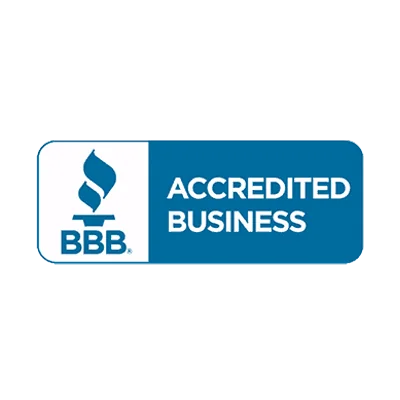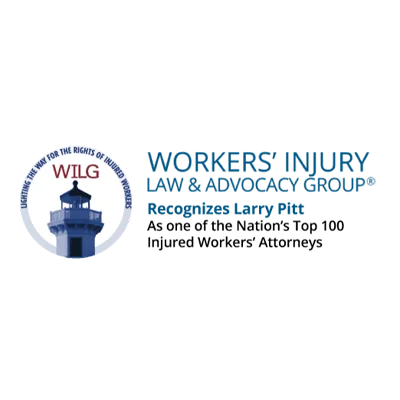Puncture Wounds
Puncture wounds are often more serious than cuts or lacerations because they are deep and prone to infection. Construction workers are among those at risk for this type of injury, typically caused by contact trigger nail guns. Those who suffer work-related puncture wounds may be eligible for workers’ compensation benefits, including payments for medical expenses and lost wages. At Larry Pitt & Associates, P.C., our knowledgeable workers’ compensation attorneys have more than 40 years of experience assisting workers throughout the state with their work injury claims.
GET A FREE CONSULTATION WITH LARRY PITT
Philadelphia Workers’ Compensation Attorneys at Larry Pitt & Associates, P.C. Help Workers Obtain Benefits for Puncture Wounds
If you suffered a puncture wound at work, contact a Philadelphia workers’ compensation attorney at Larry Pitt & Associates, P.C. We will review your case and obtain the benefits you deserve for your injuries. For a free consultation, please complete our online contact form or call us at 888-PITT-LAW. Larry Pitt & Associates helps throughout:
- Lehigh County
- Lancaster County
- Northampton County
Common Causes of Nail Puncture Injuries
Nail puncture injuries can occur in a variety of workplaces; however, they most commonly happen at construction sites. Workers doing framing, sheathing, or roofing work are particularly vulnerable to puncture wounds because many employers still prefer using contact trigger nail guns.
Contact trigger nail guns allow users to shoot multiple nails by keeping their finger on the trigger. Also referred to as bump firing, contact firing requires the user to press the safety contact tip against a work surface to fire a nail by pressing the trigger. Bump firing doubles workers’ overall risk of nail gun injuries as compared to sequential firing, according to the Occupational Safety and Health Administration (OSHA).
OSHA recommends using full sequential trigger nail guns, also called single-shot nail guns, which reduce the risk of double fires and unintentional nail discharges, two of the most common causes of nail gun-related puncture injuries. Other causes of puncture wounds include:
- Accidental nail discharge from hitting the safety contact while the trigger is being squeezed
- Nail penetration through the work piece
- Nail ricochet
- Flying nails due to missing the work piece
- Nailing in an awkward position
- Disabled or bypassed safety mechanisms
Whatever the cause of a worker’s puncture wound, they may be eligible for workers’ compensation benefits under the Pennsylvania Workers’ Compensation Act.
Preventing Nail Punctures in the Workplace
It is important that employers take steps to prevent workers from suffering nail puncture wounds. One of the most common causes of nail gun injuries is lack of training; therefore, workers should be educated on the proper use of nail guns, informed about the associated risks, and given on-the-job training.
Additionally, employers should provide workers with the proper personal protective equipment (PPE), such as safety glasses and gloves. Choosing the safest tool for the job also helps to reduce puncture injuries in the workplace.
Puncture Wound Treatment
When workers sustain a puncture wound at work, they should seek medical attention as soon as possible. Although puncture wounds may appear minimal, they are susceptible to complications, such as infection or secondary injury. According to OSHA, one out of four nail gun injuries to the hand involve structural damage, such as bone fractures.
The National Safety Council provides recommendations for treating work-related puncture wounds:
- Wash hands with warm water
- Irrigate deep wounds under large amounts of running water to remove debris
- Wear gloves
- Do not use alcohol, hydrogen peroxide, or iodine
- Use antibiotic ointment on superficial wounds and cover with a sterile bandage
- If the nail is lodged in a body part, do not remove it; bandage around the nail and seek medical assistance
Compensation for Injured Workers in Pennsylvania
Injured Pennsylvania employees may be able to collect workers’ compensation benefits; however, they must meet certain deadlines and follow the proper procedure to remain eligible. Claimants must report injuries to their employers within 120 days and file a workers’ compensation claim within the three-year statute of limitations. Types of workers’ compensation benefits include payment for reasonable and necessary medical expenses and partial compensation for missed time from work. To discuss your legal rights and options, contact a qualified local attorney.
What Our Clients Say

















